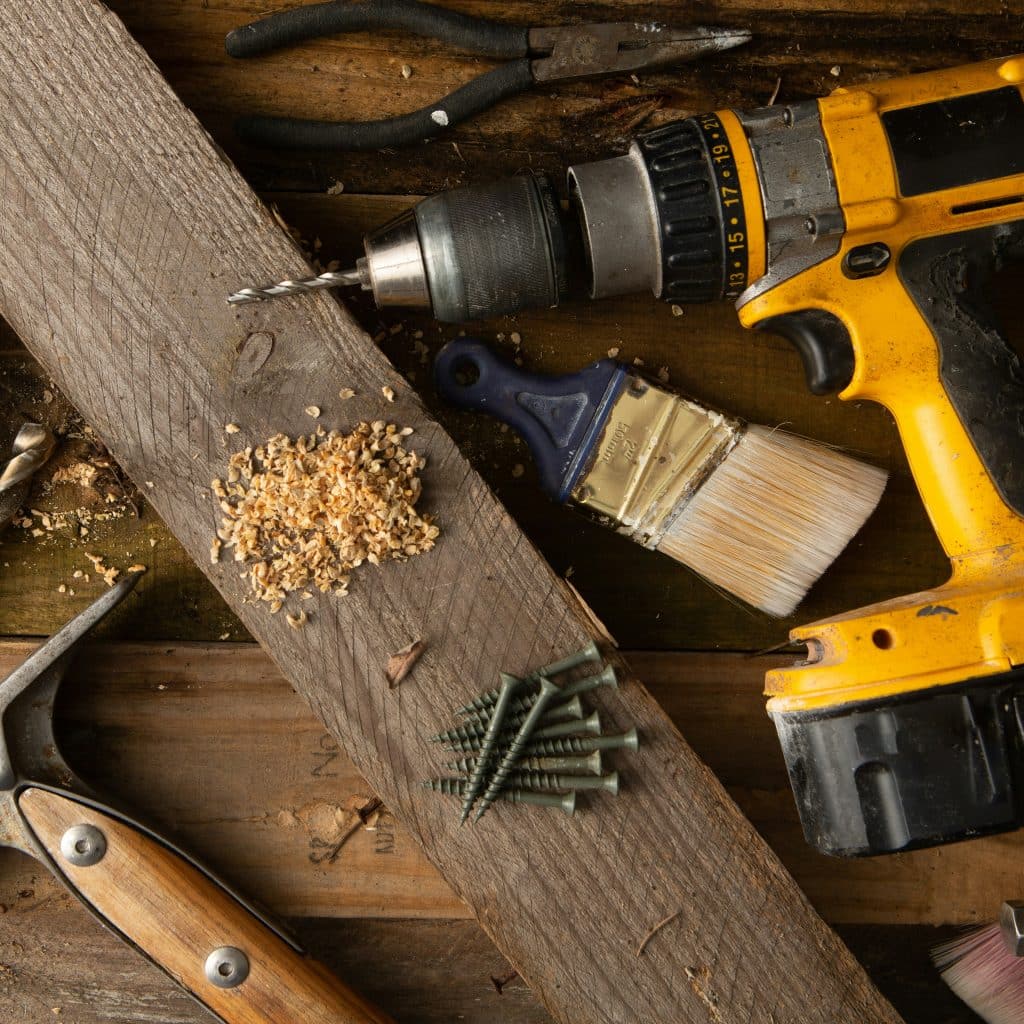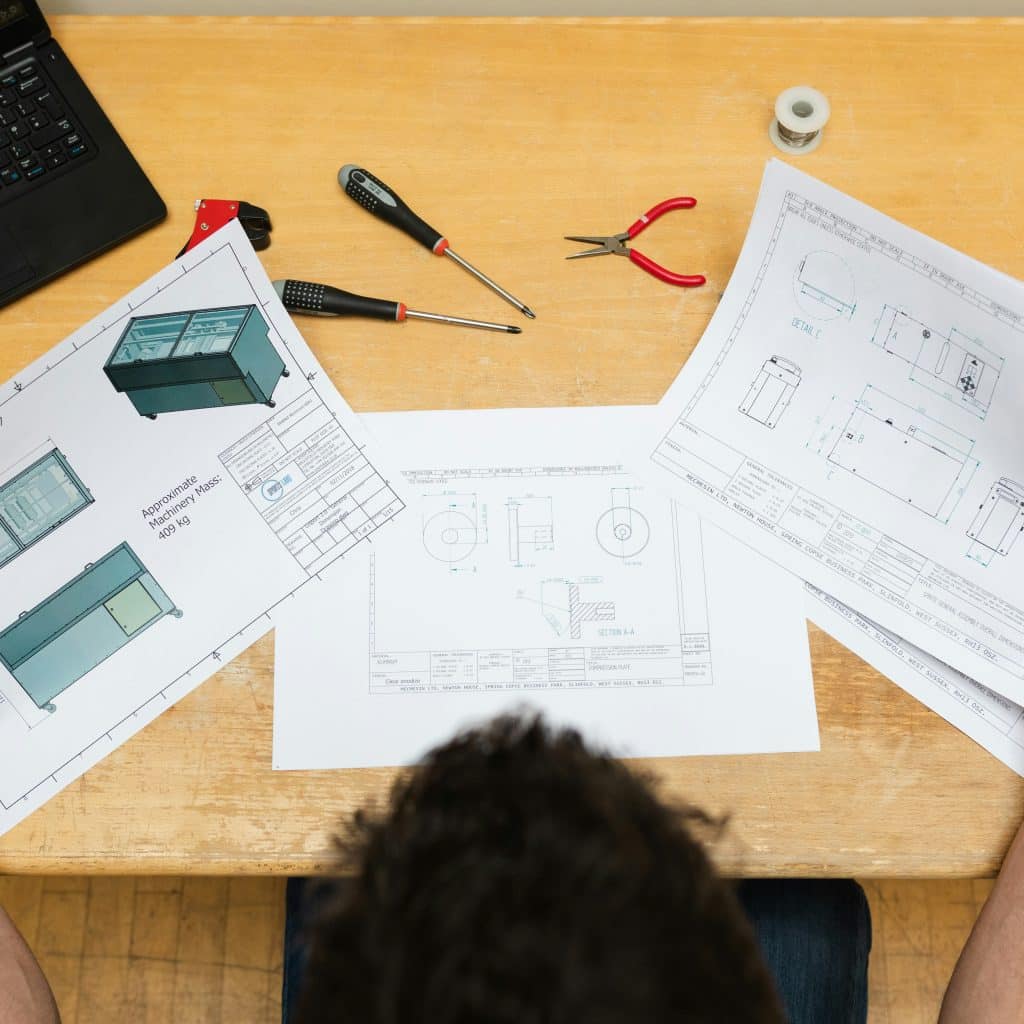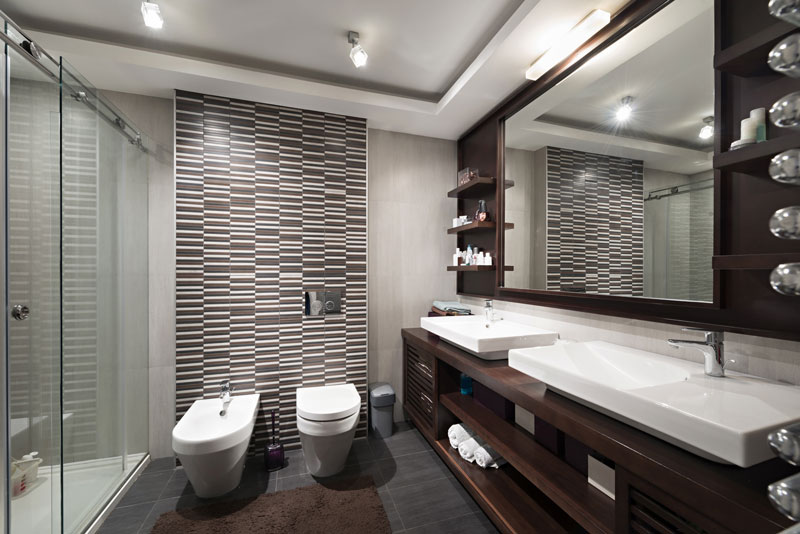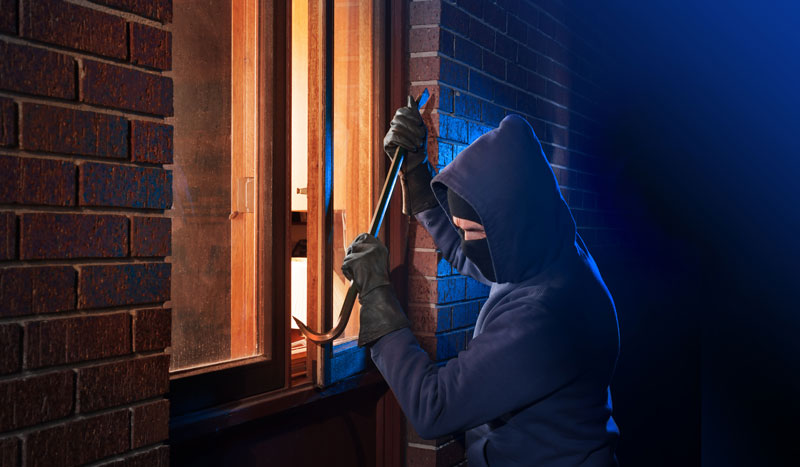Tips for choosing and installing an electric floor heating system.

No one takes a cold shower in the morning, and everyone prefers to step on a warm floor.
Warm floors have been around for a very longtime. The Roman Empire was known for its luxurious public baths with hot water springs that circulated warm water under the marble floors.
Nowadays, you don’t need a hot water spring in your backyard to enjoy the comfort of Roman bath floors.
A thin electric mat installed in thin-set cement or self-leveling cement, controlled by a timer-thermostat with an in-floor sensor
Conceptually, these products are very similar to electric blankets. They are made of a heat resistance wire that serpentines over a supporting material. They are safe, relatively easy to install, and extremely energy efficient. Products sold by WarmlyYours.com Inc (www.WarmlyYours.com ), DK Heating Systems (www.dkheating.com ), and NuHeat (www.nuheat.com) have been installed for approximately 10 years in Europe and in north America. In the last two years Heatway Inc (www.heatway.com) and Flextherm Inc. (www.flextherm.com) have introduced new products in the US market.ost manufacturers produce “touch up” kits. Typically these kits will contain several items used to repair your hardwood floor. Specialty products can be costly, so we have a great suggestion that will work and save you money.
All these products are 1/8″ thick and they can easily be embedded in thin-set cement without elevating the floor more than 1/8″.They will all draw 8-to-15 watt/ sq. ft. and each of these manufacturers offer rolls of different sizes so that the installer can make cuts-&-turns to fit the custom shape of each room. NuHeat offers standard size rectangles and special orders made-to-size mats. WarmlyYours.com offers both rectangular mats and rolls. These rolls or mats always have to be used entirely and the cuts-&-turns only allow you to cut the supporting material to facilitate the turns (see illustration). You never cut the heat resistance wire!
With so much choice in the market, the DIY consumer is having a harder time to choose. Once installed the product is hidden under the floor. Even the thermostat can be hidden in a closet since it functions with a sensor in the floor and it does not measure the air temperature.
Products of equal watt/ sq. ft. will warm the floor to the same temperature and at the same speed.
Finally, many timers and thermostats offer comparable functions, so the real difference is the ease of installation and the level of technical support offered by the manufacturer.

What makes the installation easy?
The mat or roll construction: You want to look for a product that can be installed in a single layer of thin-set cement rather than two layers. This is faster and easier. You also want to find a product where the fiberglass (or other supporting material) forms an umbrella protection over the resistance wire so that your trowel can glide over the fiberglass net without risk of nicking the wire. Some products weave their wire over-and-under a fiberglass net. In that case the resistance wire will always appear on the surface and you face a greater risk of nicking the cable with your trowel.
Thickness of the cold-lead wires: These connect the heating rolls to the thermostat: You want the thinnest cold-lead wires available (1/8″ thick), so you can easily cover them with thin-set cement like the heat resistance wire. If the cold-lead wires are thicker you will need to chisel a grove in the cement slab, or use a circular saw to cut a groove in the plywood sub-floor or backer board to maintain the floor level flat.
Length of the cold-lead wires: You want cold lead wires that are long enough to connect to the thermostat without additional cut-&-turns of the roll to bring the roll closer to the thermostat.
Vendor Technical Support: Look for a vendor who will design an installation layout customized to your own floor plan. Understand that the heat will not extend very much laterally through conduction. In most cases the heat will extend 1.5″ away from the wires but not more.
Therefore it is important to lay the heating mat 1″ or 2″ under the toe-kick space to make sure you don’t end-up standing with hot heels and cold toes in front of your vanity.
Attention to details and precision in your customized design layout will save you time and cost during the installation.

How to make a successful electric installation?
Make sure you have a good ohm meter and continuity checker. Check the ohm resistance at least three times: before you start, after you laid the heating element in thin-set cement, and after you installed the tile or stone over the heating elements. There is no need to fire-up the system with 110 volts to make sure you have a working installation.
A proper ohm reading will confirm that you have no break in the cable, and the continuity check will assure you that there is no short passing through the insulation that separates the core wire and the ground shield. Any DIY who can install ceramic tile can install a floor heating system and bring the cold lead wires behind the thermostat. However to install a timer and thermostat and connect them to the floor heating you need to hire an experienced electrician.
Once properly installed these floor heating systems are a marvelous part of our daily comfort. They are totally silent. They do not circulate hot air that carries bacteria and toxins. They have no moving parts and require no maintenance. Whether you plan a new bathroom, a kitchen, a sun-room addition or a basement conversion, floor heating is the sensible solution for comfort and energy savings. They can be installed under tile, stone, vinyl, carpet, hardwood and laminate floors.




